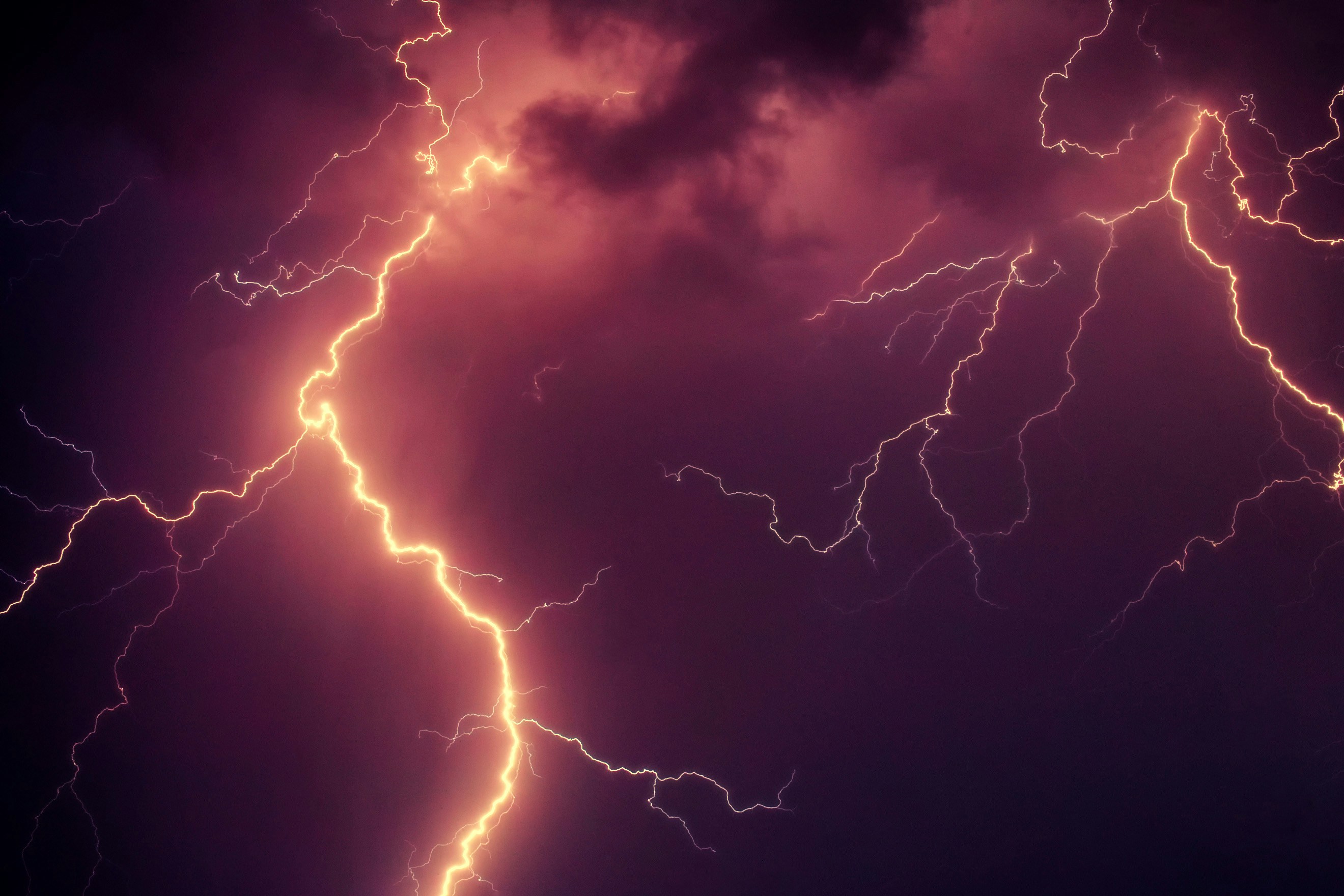10 Questions on lightening arrester in the owners' comunity
The subject is the specialty of firms dedicated to commissioning and overhauling electrical installations.
First part: the destructive power and deadly voltatge of lightning
1. Does the impact of lightning have any effect?
It is undoubtedly a threat to infrastructures and living beings. Below we attach the "technical note on occupational hazards arising from lightning strikes".
2. How to avoid the impact of lightning on our body?
A lightning strike registers peaks of 200,000 amperes (only one lightning strike causes burns). Therefore, we proceed to advise you to avoid greater evils in the course of a storm with electrical apparatus:
- Get out of the water
- Do not carry metal objects or run
- Enter the house or the car (away from the doors).
- Squat down
- Stay away from high places
- Do not take shelter under trees
- Stay away from any electronic devices
3. What can lightning damage in the building of the community of owners?
As the "at3w" blog states: "lightning will strike the highest point of the structure and seek the fastest possible path to the ground. It will do so through antennas, concrete structures, pipes or cables. This passage of the current can produce: breakage, sparks that cause fires, etc.
To reinforce safety, surge protectors must be included in the system. This element is indispensable when talking about overhead lines".
Second part: to know how the lightning arrester works and to install it in the homeowners' association.
1. How does the lightning arrester work and where should it be placed?
grupolasser explains it clearly: "the mast collects the lightning discharging all its electricity in a conductor cable that is connected to the head, until it reaches the electrical grounding.
In order to capture this discharge, lightning conductors have a tip and a metal body, connected by a conductive network to a grounding system where the lightning discharge is dissipated".
The lightning arrester should always be located on the highest part of the structure to be protected.
2. Is it mandatory to install a lightning arrester to the building?
In general it is not. However, it is advisable to do so. According to the Spanish Technical Code for Edification (CTE) the lightning rod is mandatory in three cases:
"(a) Buildings in which toxic, highly flammable, explosive or radioactive substances are handled.
b) Buildings over 43 meters high.
c) Whenever the expected frequency of Ne impacts is higher than the admissible risk Na".
Cirprotec reviews the CTE in detail in this thorough document.
3. Can everyone install it?
Never: professional knowledge is required to do it and to be an approved technician.
4. How much does the installation of the lightning arrester cost? How do I request its installation?
Between 5,000 and 7,000 euros depending on the model. Thus, the Franklin type is the most common and cheapest while the PDC or those with "Faraday cage" are more expensive.
Its installation has to be approved in the owners' meeting. On this point, Sepin Editorial helps us to draw a clearer picture: "knowing how much majority will be obtained will depend on whether the lightening arrester is installed by a person or by the community, that is, whether it is a private or a common element". and, later, to request authorization to the City Council of where we live.
5. Is it necessary to carry out some type of maintenance of the lightning rod? What does it consist of?
Naturally, without it, the lightning rod does not adequately direct the lightning current to the electrical ground.
The blog of at3w explains in this link:
What elements have to be checked during maintenance, how often it should be done and what kind of inspection has to be done by the approved technician. All this is regulated in the RD 842/06 and in the UNE 21186:1996 standard (modified in 2009).
Appendix: Two curiosities on lightning
1. What types of lightning are there?
a) Cloud-to-cloud lightning is lightning that travels from one cloud to another.
b) Intra-cloud lightning is lightning within the same cloud between areas of different charge.
c) The Cloud-Air lightning are electrical discharges towards the stratosphere.
d) The so-called Núvol-Terra lightning are those that are produced from a cloud to the ground. This type of lightning is the one we have to protect ourselves from.
2. Where do more lightning strikes in the world?
According to National Geographic satellites have detected it:
1. Maracaibo Lake (Venezuela)
2. Kazhugi-Biega National Park (Republic of Congo)
3. Shabunda (Republic of Congo)
The three places correspond to zones with equatorial climate.
We hope to have aroused your interest. Let's share this curious and useful topic.
